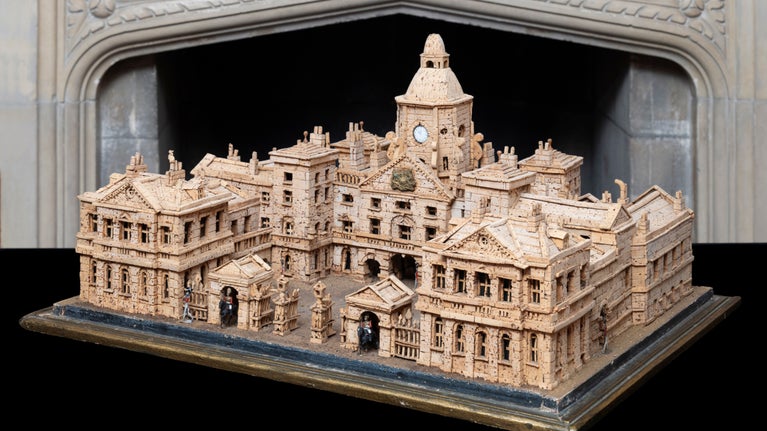
Art and collections
We care for one of the world's largest and most significant collections of art and heritage objects. Explore the highlights, our latest major exhibitions, curatorial research and more.

Artists and designers have long been inspired by the fiery colours, abundant harvest and seasonal traditions of autumn. From paintings and works on paper to tapestries and ceramics, these autumnal works of art are just a small selection from the more than one million objects in our care.
The vibrant, deep colours of autumn have acted as the perfect palate for art in the collections in our care. See woodland toadstools, golden leaves and garden colour.
From deer rutting to mass bird migrations, autumn has its fair share of natural spectacles and abundant wildlife to inspire artists. Our collections feature many vibrant depictions of the animals of autumn, explore these highlights.
The harvesting and foraging of autumn grains, fruits, nuts, vegetables and fungi is important to many cultures and for millennia these bounties have held symbolic significance and meaning in religion, myth, folklore, and popular culture.
In Britain, autumn is seen as a time of abundance, when the bounty of the warm summer is harvested or foraged in preparation for the winter ahead. The season begins with the Equinox on or around 21 September and ends with the Winter Solstice on 21 December. Traditionally, one of the biggest festivals of autumn was Harvest Festival, which falls on the Sunday closest to the harvest full moon in early October and marks the end of the agricultural harvest that started on 1 August (also known as Lammas or Lughnasadh).

We care for one of the world's largest and most significant collections of art and heritage objects. Explore the highlights, our latest major exhibitions, curatorial research and more.
Explore the artworks in our collections that capture the beauty of sunrise and sunset. See how artists have used seascapes and sunlight to bring to life peaceful scenes and industrial backdrops alike.

Did you know that the ancient Greeks and Romans loved to grow roses? Discover the roots and symbolism of these much-loved flowers through the objects and art in our care.

There are many intriguing objects with connections to magic, mystery or death at the places in our care. From a witch's cauldron to death masks and a boat made of bones, discover some of the most mysterious objects in our collections.
